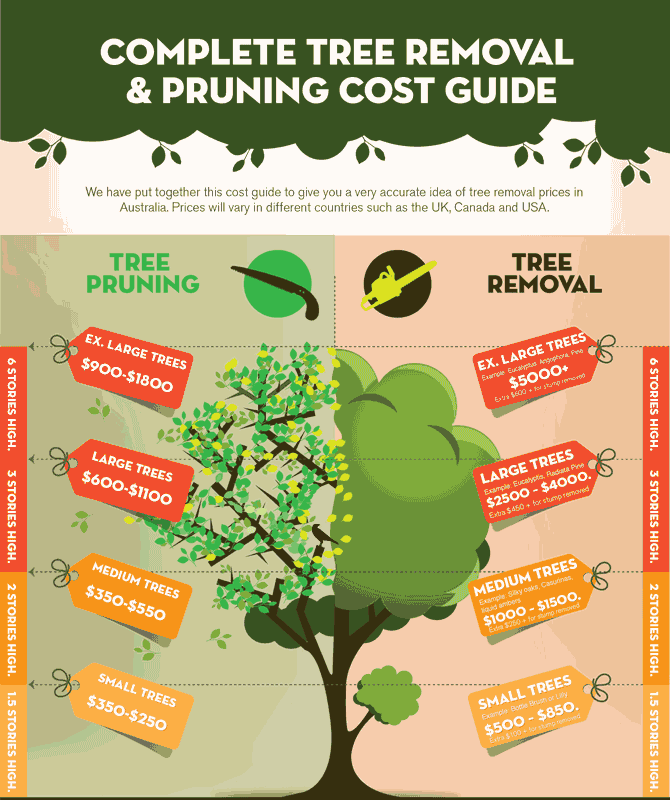When it comes to land management, have you taken into consideration the lasting advantages of stump grinding? By attending to Cost Of Removing A Tree left after tree elimination, this method not just help in dirt wellness renovation yet also plays a critical duty in avoiding erosion and supporting biodiversity. The ecological advantages of stump grinding extend far beyond simple appearances, offering a lasting remedy that integrates with nature's complex systems.
Soil Wellness Improvement
Looking to boost the high quality of your dirt? Stump grinding can be a game-changer for enhancing dirt health on your residential or commercial property. By getting Anytime Tree Removal of old tree stumps, you're creating space for brand-new growth and allowing important nutrients to return to the dirt.
As the stumps break down in time, they release raw material, improving the soil and promoting far better plant development.
Furthermore, stump grinding assists to freshen the dirt, allowing for better water infiltration and root growth. Compacted dirt can impede plant development and water absorption, but by grinding stumps, you're loosening up the dirt and producing a much healthier setting for your plants.
Additionally, stump grinding can additionally assist to prevent parasite invasions and conditions that old stumps might draw in. By removing these possible dangers, you're producing a more secure and extra productive landscape.
Erosion Avoidance
To avoid dirt disintegration effectively, stump grinding plays a crucial role in keeping the stability and honesty of your land. By getting rid of unattractive stumps from your residential or commercial property, you're additionally lowering the threat of erosion triggered by water drainage. Stump grinding gets rid of obstacles that can interfere with the all-natural flow of water across your land, avoiding dirt disintegration while doing so.
When stumps are left untouched, they can serve as obstacles to water flow, creating dirt to remove throughout heavy rainfalls. This erosion not just harms your land yet also contributes to sedimentation in neighboring water bodies, hurting marine communities.
Stump grinding helps to avoid these problems by leveling the ground and promoting correct drainage, decreasing the possibility of disintegration.
Biodiversity Assistance
Maintaining healthy biodiversity on your land is vital for creating a flourishing community. By using stump grinding as a lasting land management practice, you can substantially sustain biodiversity.
Stump grinding aids promote biodiversity by developing new habitats for different plant and animal species. The elimination of stumps allows for the regeneration of indigenous plants, which subsequently brings in a diverse series of wild animals. Bugs, birds, and tiny creatures prosper in these newly accessible locations, contributing to the general biodiversity of your land.
Additionally, stump grinding aids protect against the spread of illness and parasites that can hurt plant species, thus guarding the environmental equilibrium on your building. By eliminating old stumps, you produce room for new plant growth, which improves the general health and wellness of the environment.
This healthier environment supports a wider range of types, promoting biodiversity and producing a much more resistant environment in the long term. Welcoming stump grinding as part of your land management strategy can have enduring positive results on the biodiversity of your land.
Final thought
By making use of stump grinding as a lasting technique to land management, you can improve soil wellness, stop erosion, and assistance biodiversity. This eco-friendly technique not just profits the community yet also promotes the development of plant life and develops habitats for different plant and pet species. Make a favorable influence on the setting by integrating stump grinding right into your land management methods.
